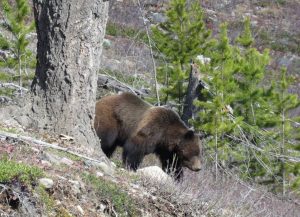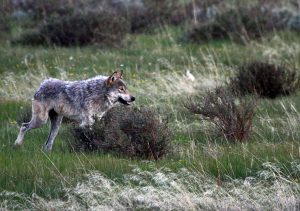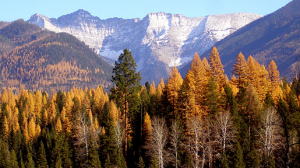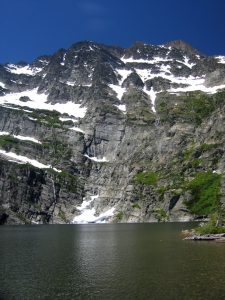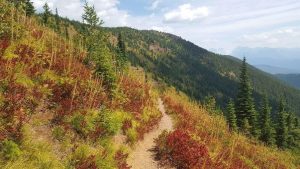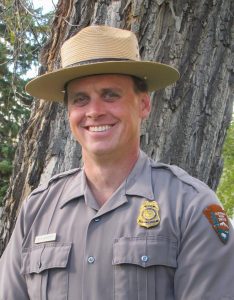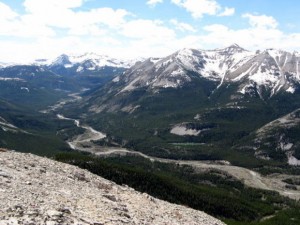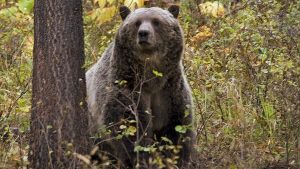
There is quite a bit of interest in Governor Bullock’s grizzly bear advisory panel . . .
More than 150 people have applied to sit on an advisory committee to come up with recommendations on how to manage Montana’s grizzly bears.
Randy Arnold, a regional supervisor with Montana Fish, Wildlife and Parks, tells The Missoulian the application process has been “flooded,” and the committee will probably consist of fewer than 20 people.
Gov. Steve Bullock announced in March he would appoint the committee, a move that came shortly after a judge restored federal protections for grizzlies in and around Yellowstone National Park. Bears from Yellowstone and in northwestern Montana have been spreading into new areas, triggering conflicts with ranchers, hunters and others.
